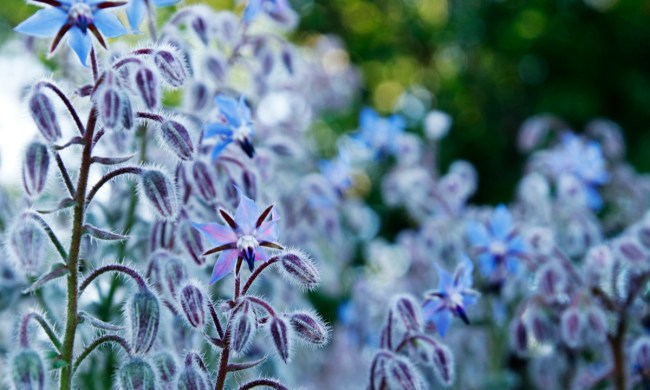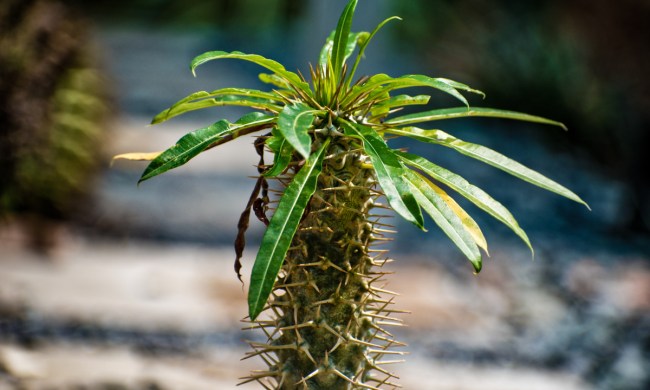
If you’re looking for unusual plant life, you can’t go wrong with an air plant. They’re easy to care for and fit anywhere you have bright indirect light. You don’t need soil or a special pot, just a fun little display to ensure they get light and a little humidity. Our list of top choices for best air plants will help you build your collection.
Air plants don’t have roots and take in their nutrients and water from the air. You’ll be able to use cute little pots that might not be practical for other plant species because they have no drainage holes, or you can create fun hanging displays. They require a dunk of water about once a week or misting regularly for water and bright indirect light — that’s it! Our favorite options will look great in your room. Let’s take a look.
Plants for Pets Ionantha Tillandsia Air Plants
Best Air Plants Overall

Plants for Pets Ionantha Tillandsia Air Plants, which come in sets of five, have the classic air plant look and are large enough to make an impact on your design. They're low maintenance, and this five pack ensures that you can create a few fun displays. Dunk them in water once a week to maintain and spray them occasionally to maintain humidity, and remember they require bright but indirect light.
Shop Succulents Hand-Selected Live Air Plants
Best Gift

These assorted air plants by Shop Succulents, which come in a four-pack, will make great gifts. The plant species varies with each package, but you'll get a sampler of some common attractive air plants. They require no extra care, just a bright spot and watering once a week to maintain. Be sure to keep them in a humid place or mist them with a water bottle regularly.
Chive Faux Tillandsia Air Plants
Best Fake Air Plants

If you don't want to bother with caring for a plant, but you'd like some greenery, these artificial Chive Faux Tillandsia Air Plants will add the green you need. Dust them every once in a while and they look like real plants with none of the upkeep. You'll receive at least five different styles of air plants for variety, so you'll be able to create a fun display.
Chive Ionantha Tillandsia Air Plant Pack
Best Bulk Value

For a full display of air plants or to use for party favors or gifts, this bulk pack of 10 classic air plant options from Chive ensures you have plenty. They're easy to care for and measure between 2½ to 3 inches. Use them together for a full display or scatter them around for accent pieces throughout the house. Water once a week to care for them.
Air plants are super fun and make great gifts. Once you get the hang of having a plant with no roots, air plant care is very simple. Hydrate once a week by placing in a dish filled with water and put them in a fun place to dry out where everyone can see them. They’ll be a fun addition to your home.


